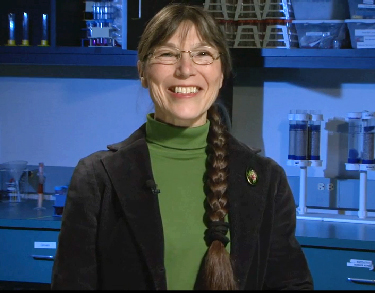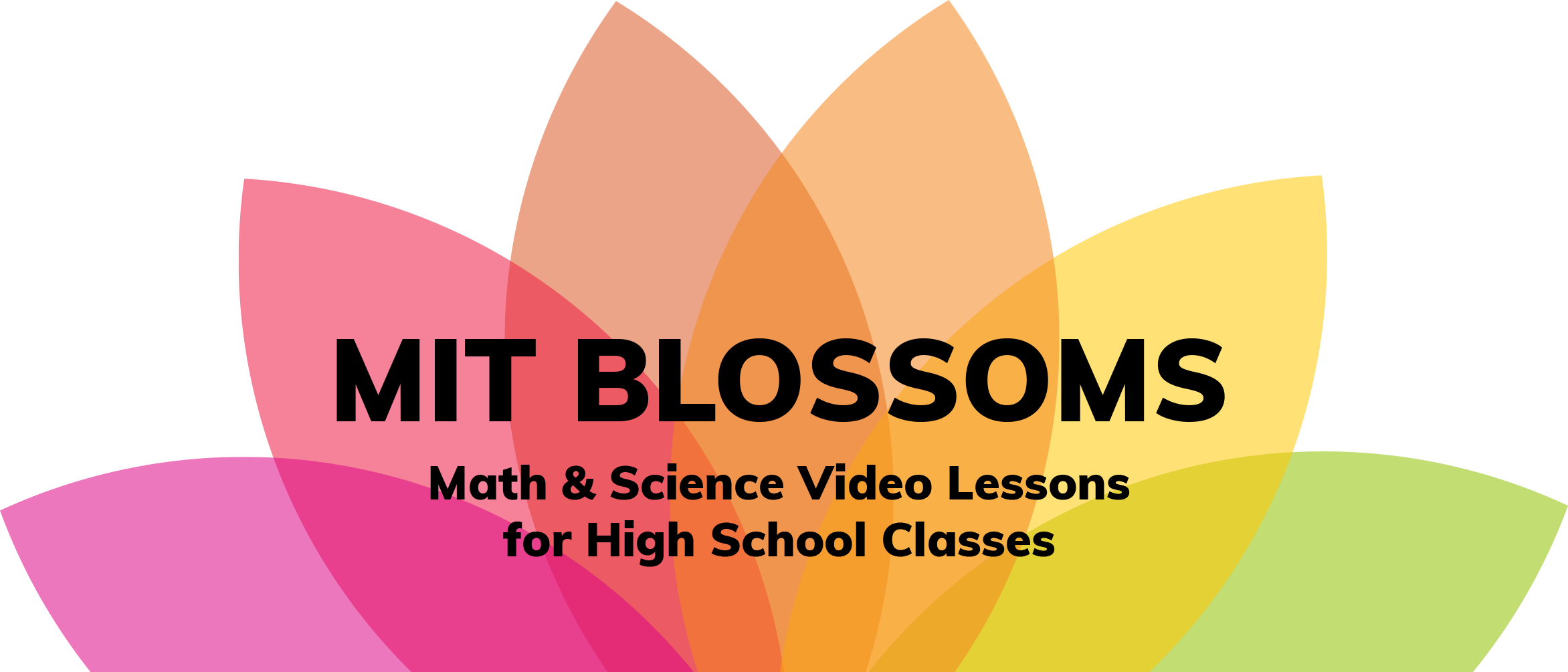What do all chemical reactions have in common? Most students describe a chemical reaction as an event where an explosion, color change, or a gas is formed. As a prerequisite for this lesson students need only be acquainted with the particulate nature of matter. The main learning objective is the recognition that all chemical reactions create new molecules and that in a chemical reaction the original atoms get rearranged, bonding together in different ways. Overall, the lesson will take about 45-55 minutes. During the first two breaks, the class will list their preconceptions about chemical reactions and then experience an exciting reaction which is produced inside a re-sealable plastic bag. The chemicals needed for this reaction are sodium bicarbonate and calcium chloride. After this excitement, the video will show how to separate the mixture to demonstrate the existence of the new products, which include sodium chloride, CO2 and chalk. The separation can be completed by the classroom teacher as well at a later time. In the third break, the teacher will write out the balanced chemical equation and the class will account for the same number of atoms on each side of the equation, demonstrating the conservation of mass. In the fourth break, students will have time to model the atoms chemical reaction using LEGO® bricks as the atoms or by using atoms made from clay or homemade play dough. Lastly, the video will apply the definition of chemical reaction to analyze a scene where a cork explodes from a heated liquid in a test tube.
すべての化学反応に共通な点とは何でしょうか。大半の生徒は、化学反応は爆発か色の変化かガスの発生が化学反応だと思っています。この授業受講の前提条件としては、物質の微粒子の性質を知っていれば大丈夫です。主な学習目的は、すべての化学反応は新しい分子を生み出し、化学反応においては元々あった原子が再配置され、違う方法でまた結合されるということを理解することです。総じて、この授業は45分から55分くらいかかります。最初の2つアクティビティの時間には、生徒たちは化学反応についての先入観を洗い出します。その後、開閉可能なプラスチックの袋の中で見られる面白い化学反応を体験します。この化学反応に必要な化学物質は、重曹と塩化カルシウムです。この面白い体験の後、ビデオでは混合物の分け方を示し、塩化ナトリウムと二酸化炭素とチョークが新しく生成されたことを示します。混合物を分ける作業は教室の先生によって行われてもよいですし、後で行っても大丈夫です。3つ目のアクティビティの時間では、教室の先生が化学式を書き、生徒たちが化学式の等号の両側で同じ数の原子があるのを説明し、質量の保存を証明します。4つ目のアクティビティの時間では、生徒たちはLEGO®のブリックを原子として使ったり、粘土や家庭で作れるプレイドウ(メリケン粉でできた子ども用の粘土)を使って作った原子を使ったりして、原子の化学反応をモデリングする時間をとります。最後に、ビデオでは化学反応の定義を応用して、コルクがテスト試験管の中で熱した液体の影響で爆発するシーンを分析します。



